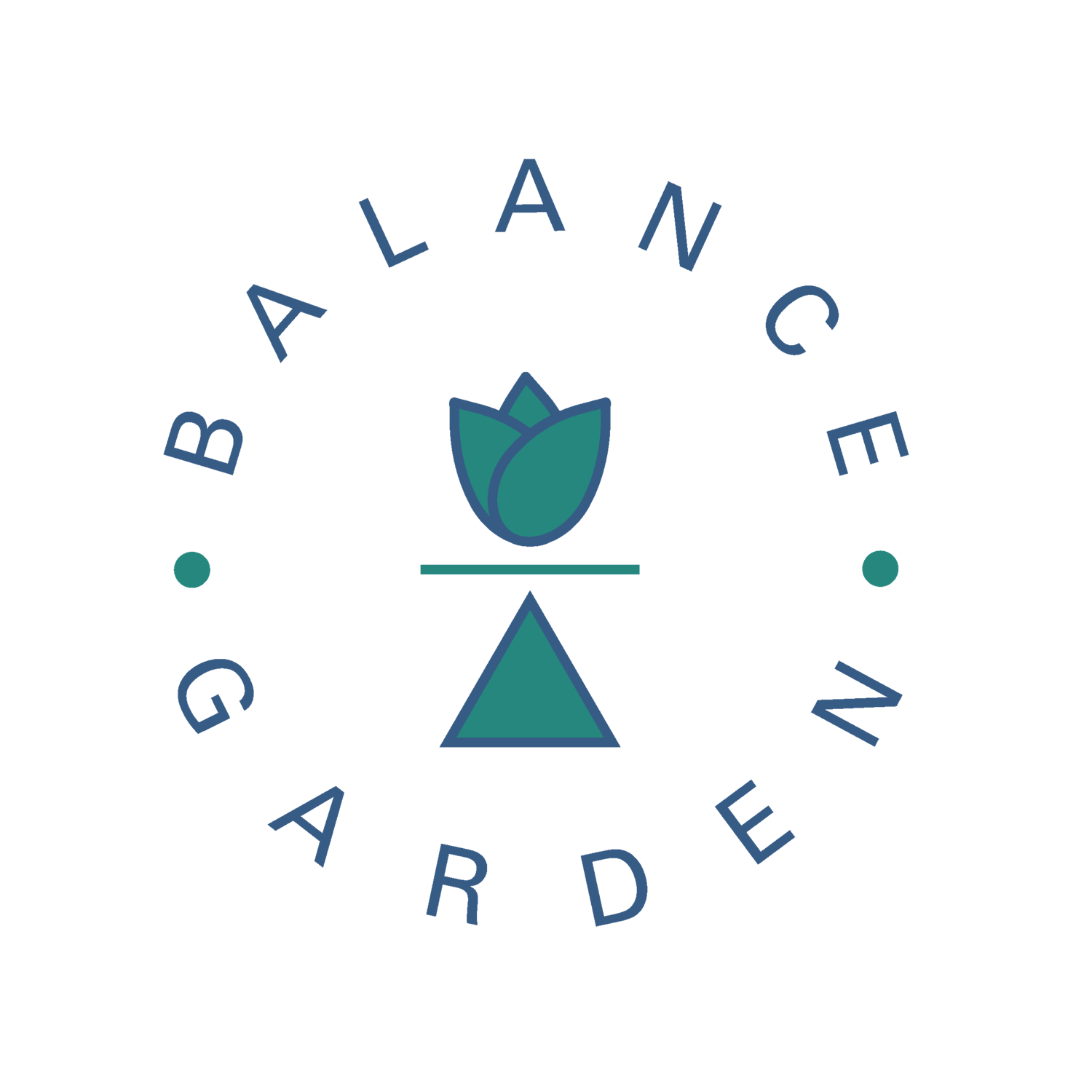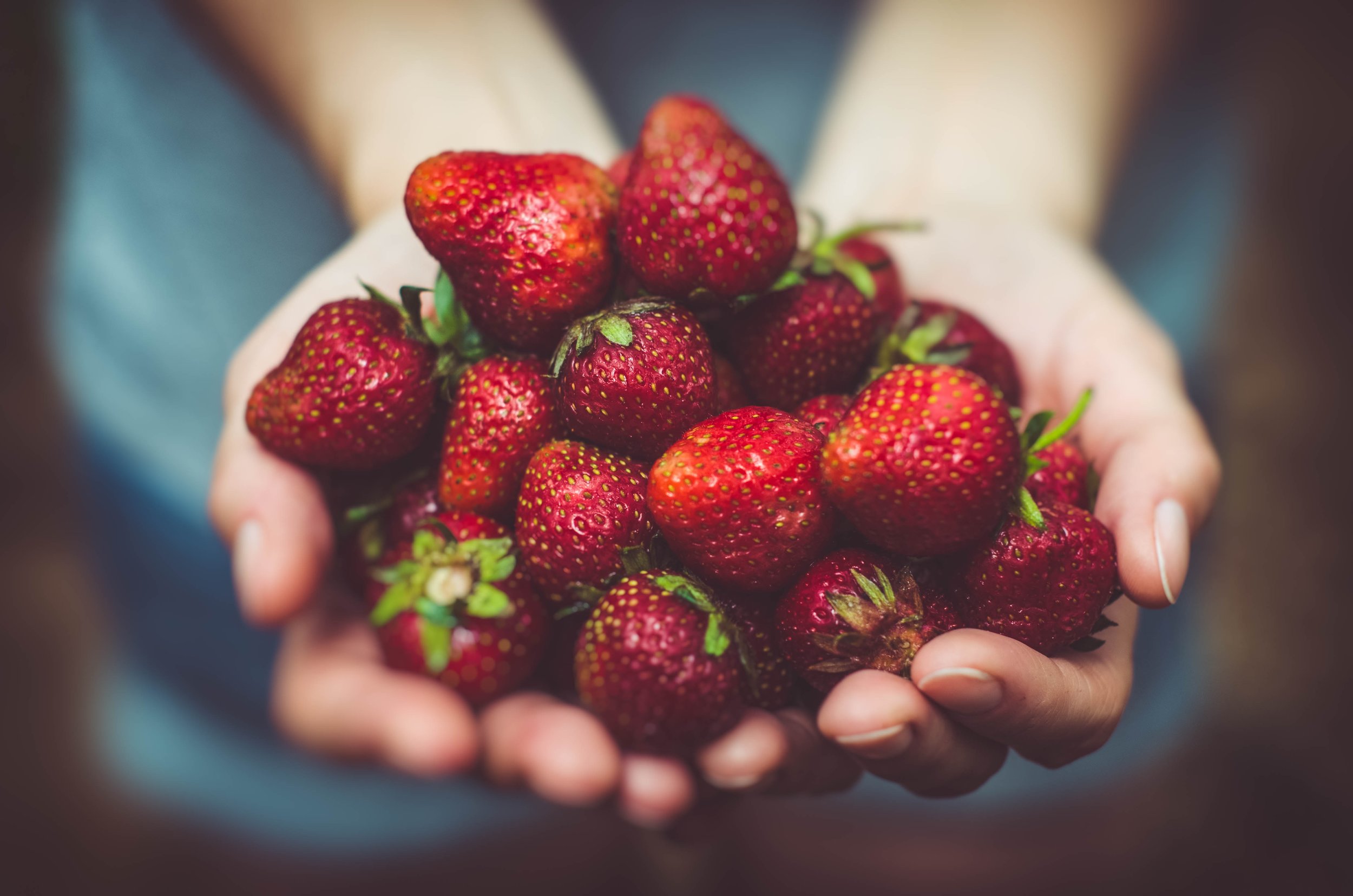What Yoga Can Teach Us About Healthy Eating
/Words by Louise Longson
These days there is so much (often conflicting) advice on how to eat healthily, it can be hard to know what we should be eating. This appears to be a modern-day concern, but the ancient yogic texts offer their own opinion and a different perspective on what makes a healthy diet.
Yoga philosophy considers everything in the material world, including our bodies, minds and the food we eat, to be subject to three forces, known as the gunas. Sattwa is pure, calm and light, Rajas is activity, passion and violence whilst Tamas is inertia, darkness and ignorance. If we think of water as being in a sattvic state, then steam is dominated by firey rajas and ice, solid and immoveable, is dominated by tamas.
All foods are dominated by one of these forces and by eating that food we take on that energy. ‘You are what you eat’, as the saying goes. To be in a calm, peaceful, sattvic state, the ideal state in which to practice yoga and meditation, we should be eating a mainly sattvic diet. So, what does that entail?
According to the texts, a sattvic diet is roughly speaking a wholefood vegetarian diet with fresh fruit and vegetables, wholegrains, beans and legumes and dairy. Foods which are easily digested and don’t stress our bodies.
Photo by Artur Rutkowski
Rajasic foods are those which are overstimulating such as caffeine, chillis and strongly spiced food. Tamasic foods are meat and fish, eggs, sugar, processed foods and old leftovers. Foods which are ‘dead’ and have which have lost their nutritional value. Sugar might give us an initial boost but is quickly followed by a crash. Overeating, resulting in a heavy, sluggish feeling is also tamasic. In our busy modern lives we can often end up grabbing tamasic processed foods on the go, then resorting to rajasic caffeine to compensate for our lack of energy and to keep up in a rajasic world.
So far, the yogic advice mirrors much of the modern-day advice already on offer. But the difference is the emphasis on how foods affect our energy, how they make us feel, rather than counting calories or carbs.
The only person who really knows how a food makes them feel is the person eating it. Wholewheat is sometimes recommended as a sattvic food, but for someone with a gluten intolerance, it’s not appropriate. Does everyone following a gluten-free diet really need to or are some just following the latest trend?
The Hatha Yoga Pradipika, an important yogic text, says that food should be ‘pleasing and suitable’, recognising that different foods are suitable for different people. I find reading the latest nutritional research and ideas fascinating, but in navigating the constantly changing do’s and don’ts perhaps we need to consult our inner expert. Yoga is experiential. It’s something you need to actually practice, with awareness. We travel inwards and notice. Perhaps we can do the same with food, eating mindfully and noticing the subtle changes in our energy depending on how we eat.
For me, the truly yogic diet is a vegan one. I try to live by the yogic principle of ahimsa, meaning non-force or non-harming. For many yogis, this points to avoiding meat, but for a for a growing number who view all animal agriculture as harmful to animals as well as our planet, it means following a vegan lifestyle. I also came to realise that dairy makes my digestion sluggish, which makes me feel tamasic rather than sattvic. Eating a vegan diet simply makes me feel ‘better’ in a way I can’t necessarily quantify. How do the foods you eat make you feel? If it’s the light, calm energy of sattwa, then you can be pretty sure it’s doing you good!
Louise is a yoga teacher and forever a yoga student. She loves to share the yoga philosophy and practices that have transformed her life, helping students to find a sense of peace and balance during class that carries over in to their daily lives. She is passionate about following a vegan lifestyle and loves to cook nourishing, tasty food, especially when sharing it with friends. www.louiselongsonyoga.co.uk
Facebook – Louise Longson Yoga
Recently on Balance Garden





































Blogcast for Balance Garden podcast episode 12 - ‘Still Light’